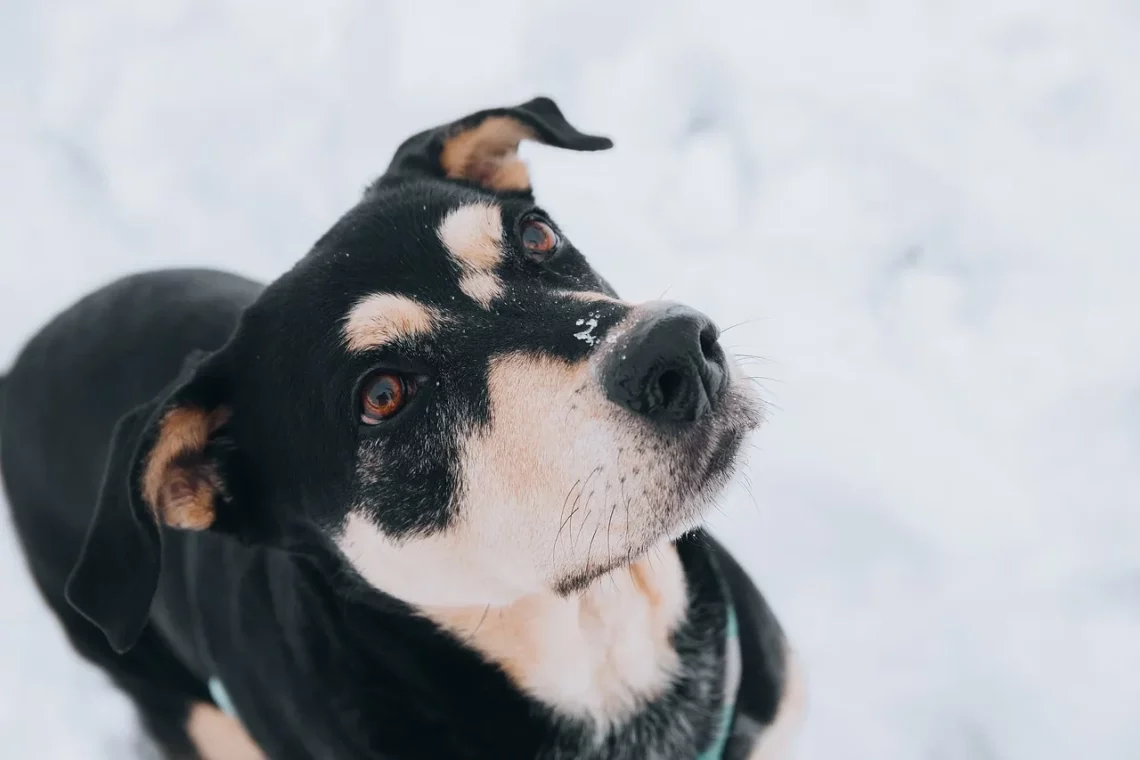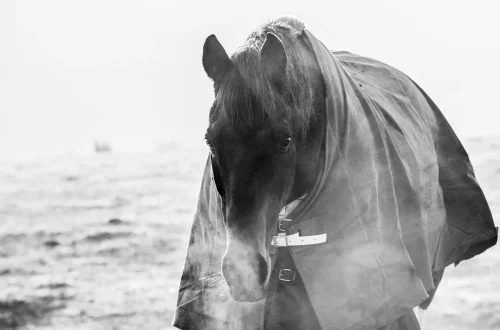
Understanding the Size and Care of a Full Grown Toy Maltipoo
Understanding the Size and Care of a Full Grown Toy Maltipoo
Toy Maltipoos are a delightful mix of Maltese and Poodle, known for their charming personalities and affectionate nature. These small, playful dogs have become increasingly popular among pet owners due to their size, intelligence, and hypoallergenic coat. As a crossbreed, they inherit traits from both parent breeds, resulting in a unique combination of characteristics that make them suitable companions for various lifestyles.
The toy Maltipoo typically weighs between 5 to 15 pounds and stands around 8 to 14 inches tall at the shoulder. These tiny canines are ideal for apartment living or homes with limited space, as they require less room to roam compared to larger breeds. However, despite their diminutive size, they possess a big personality and an unwavering loyalty to their families. Understanding their size and care requirements is essential for ensuring that these adorable dogs lead happy and healthy lives.
Proper care involves not just feeding and grooming, but also providing mental stimulation and regular exercise. This article will explore various aspects of owning a full-grown Toy Maltipoo, including their size, grooming needs, and general care tips that can help you maintain their well-being.
Size Characteristics of the Toy Maltipoo
The Toy Maltipoo is a small breed, and their size can vary due to the genetic influence of their Maltese and Poodle parents. Typically, a full-grown Toy Maltipoo will weigh between 5 to 15 pounds, with an average height of 8 to 14 inches at the shoulder. The size can be influenced by factors such as the size of the Poodle parent, ranging from toy to miniature.
One of the most appealing aspects of the Toy Maltipoo is their manageable size. They are perfect for individuals or families living in apartments or homes with limited space. Their small stature makes them easy to carry around, and they are often referred to as “lap dogs” because they enjoy snuggling up with their owners.
Despite their small size, it’s important to remember that Toy Maltipoos are energetic and require regular exercise. Short walks, playtime, and mental stimulation are essential for their happiness and health. Engaging in activities such as fetch or agility training can be beneficial, as these dogs thrive on interaction and learning new tricks.
Additionally, their small size does not exempt them from certain health concerns. Prospective owners should be aware of potential issues such as dental problems and patellar luxation, which can affect small breeds. Regular veterinary check-ups and a healthy diet can help mitigate these risks.
In summary, understanding the size characteristics of a full-grown Toy Maltipoo is crucial for current and prospective owners. Their compact size contributes to their appeal, but it is essential to provide adequate exercise and care to ensure they live a healthy and fulfilling life.
Grooming Needs for a Healthy Coat
The grooming needs of a Toy Maltipoo are an essential aspect of their care. Their coat is a hybrid of the Maltese’s long, silky hair and the Poodle’s curly fur, which creates a unique texture that requires regular maintenance. Most Toy Maltipoos have a soft, wavy coat that can vary in length, and they are often considered hypoallergenic, making them a great choice for allergy sufferers.
Regular grooming is necessary to prevent matting and tangles. Owners should brush their Toy Maltipoo’s coat several times a week, or even daily if possible, to keep it looking its best. A slicker brush and a comb can effectively remove loose hair and prevent knots from forming. Bathing should be done every four to six weeks, using a gentle dog shampoo to maintain the coat’s health and cleanliness.
In addition to brushing and bathing, regular trimming is essential for maintaining a neat appearance. Many owners choose to have their Toy Maltipoo professionally groomed every few months. This not only helps keep their coat manageable but also allows for a check-up on their skin and overall health.
It’s also vital to pay attention to other grooming aspects, such as nail trimming and dental care. Keeping nails trimmed prevents discomfort and potential injury, while regular dental care can help avoid dental disease, which is common in small breeds.
Overall, grooming is an integral part of caring for a Toy Maltipoo. Establishing a regular grooming routine will help keep their coat healthy, contribute to their overall well-being, and strengthen the bond between pet and owner.
Training and Socialization Tips
Training and socialization are critical components of raising a well-adjusted Toy Maltipoo. These intelligent dogs are eager to please, making them relatively easy to train. However, consistency and positive reinforcement are key to successful training. Start with basic commands and gradually introduce more complex tricks as your dog becomes more comfortable and confident.
Socialization is equally important for Toy Maltipoos, especially during their puppy stages. Exposing them to various environments, people, and other animals can help them develop into well-rounded adults. Arrange playdates with other dogs, take them to dog parks, or enroll them in puppy classes to encourage positive interactions.
While training, it’s crucial to use positive reinforcement techniques, such as treats and praise, to motivate your Toy Maltipoo. Avoid harsh discipline, as it can lead to fear and anxiety, which can hinder the training process. Instead, focus on rewarding good behavior and redirecting unwanted actions.
One common training challenge with Toy Maltipoos is their tendency to bark. While barking is a natural form of communication for dogs, excessive barking can become an issue. To address this, teach the “quiet” command and reward your dog for remaining calm in situations that typically trigger barking.
In summary, effective training and socialization are essential for a Toy Maltipoo’s development. With patience and consistency, you can cultivate a well-behaved and socialized companion who enjoys interacting with others and thrives in various situations.
Health Considerations and Lifespan
Toy Maltipoos are generally healthy dogs, but, like all breeds, they can be susceptible to certain health issues. Potential health concerns include dental problems, patellar luxation, and certain genetic disorders inherited from their parent breeds.
Dental health is particularly significant for Toy Maltipoos, as small breeds are prone to dental issues due to their compact jaws. Regular dental cleanings, both at home and by a veterinarian, can help prevent significant problems down the line. Additionally, providing dental chews can assist in maintaining oral health.
Patellar luxation, a condition where the kneecap dislocates, is more common in smaller breeds. Keeping your dog at a healthy weight and ensuring they get regular exercise can help reduce the risk of this condition. If you notice any signs of limping or difficulty in movement, consult a veterinarian promptly.
On average, Toy Maltipoos have a lifespan of 12 to 15 years. Providing a balanced diet, regular exercise, and routine veterinary care can contribute to a longer, healthier life.
In conclusion, while Toy Maltipoos are generally healthy, it’s essential for owners to be proactive in their health care. Regular vet visits and a focus on dental care can help ensure your furry friend enjoys a long and happy life.
**Disclaimer:** This article is for informational purposes only and does not constitute medical advice. For any health concerns regarding your pet, please consult a veterinarian.




